Courses by Software
Courses by Semester
Courses by Domain
Tool-focused Courses
Machine learning
POPULAR COURSES
Success Stories
Challenge on Combustion
OBJECTIVES: 1) To Perform a combustion simulation on the combustor model and plot the variation of the mass fraction of the different species’ in the simulation and also plot for CO2, H2O, CH4, N2, O2, NOx emissions & Soot formation. 2) To Observe the effect of adding the water content in the fuel.…
Vishavjeet Singh Yadav
updated on 19 Oct 2020
OBJECTIVES:
1) To Perform a combustion simulation on the combustor model and plot the variation of the mass fraction of the different species’ in the simulation and also plot for CO2, H2O, CH4, N2, O2, NOx emissions & Soot formation.
2) To Observe the effect of adding the water content in the fuel.
Introduction:
Combustion: It is a chemical process in which a substance reacts rapidly with oxygen and gives off heat. The original substance is called the fuel, and the source of oxygen is called the oxidizer. The fuel can be a solid, liquid, or gas, although for airplane propulsion the fuel is usually a liquid.
Combustion is often hot enough that incandescent light in the form of either glowing or a flame is produced. A simple example can be seen in the combustion of hydrogen and oxygen into the water vapor, a reaction commonly used to fuel the rocket engines. This reaction releases 242 KJ/MOL of heat and reduces the enthalpy accordingly (at constant temperature and pressure):
Combustion Models:
1) Based on Combustion
a) Non-Premixed: In NP-combustion fuel and oxidizer enter the reaction zone in separate streams and are not mixed before combustion. (ex: diesel internal combustion Engine)
b) Premixed Combustion: In P-combustion fuel and oxidizer mixed before burning. and mixing done at the molecular level. Here the flame front propagates into the unburnt reactions as the combustion takes place. (ex: Gas Leak combustion explosions, pre-mixed gas turbine combustors)
c) Partially premixed Combustions: It is a model combustion process intended to be used in internal combustion engines of motorized vehicles and other automobiles. Here fuel and oxidizer are primarily mixed before combustion. They are premixed flames with non-uniform fuel-oxidizer mixtures. Its high specific power, high fuel efficiency, and low exhaust pollutions made it a promising technology.
2) Based on Phases
a) Volumetric Phase/ Gas phase
b) Fluid Phase
Simulation:
In the present system, Ch4 and Air produce from the fuel and air inlets. and there will be combustion present due to the mixing of CH4 and air. There is a small inlet of fuel as compared to the air inlet and when they mixed up, they produce different pollutants such as CH4, H2O, CO2, N2, O2, NOx emissions & soot formations at the outlet. We also use the water with the Ch4 at fuel inlet by mole fraction to observe its effect.
1) Create the Model:
2d sketch is prepared using ANSYS Spaceclaim.
Fuel Inlet: 10 MM
Air Inlet: 285 mm

2D Model

2) Meshing:
Generate the Mesh using Ansys Meshing.
Proximity Capture: On

Provide the name selections:

Set Up for Physics and Simulation:
Solver: Steady State
Type: Pressure Based Solver
Velocity Formulation: Absolute
2D Space: Axisymmetric
Energy Equation: Enabled
Viscous Model: K-epsilon (k-epsilon model-standard with standard wall functions)
Species Model: Species Transport
Reactions: Volumetric
Mixture Material: Methane-air
Turbulence-Chemistry Interaction: Eddy -Dissipation
NOx Model: Thermal NOx
Soot Model: One-Step
Species Definition: Fuel-Ch4
Oxidant-O2
Boundary Conditions:
Air Inlet: Velocity- 0.5 m/s, Temperature- 300 K
Species mass fraction at air inlet: O2-0.23
Fuel Inlet: Velocity-80 m/s, Temperature-300 K
Species Mass fraction at fuel Inlet: CH4= 1
Initialization: Hybrid
Solution: After initializing the setup, run the simulation for 500 iterations.
Part 1: Only Ch4 mass fraction is used as a fuel inlet.
Contours:

Ch4 Mass Fraction

CO2 Mass Fraction

H2O Mass Fraction

N2 Mass Fraction

O2 Mass Fraction

Pollutant No Mass Fraction

Soot Contour Mass Fraction

Line Plot of Ch4 Mass Fraction

Line Plot of CO2 Mass Fraction

Line Plot of H2O Mass Fraction

Line Plot of N2 Mass Fraction

Line Plot of O2 Mass Fraction

Line Plot of Pollutant Mass Fraction

Line Plot of Soot Mass Fraction
Part 2: H2O is mixed here with the inlet fuel in term s of mole fraction from 0% to 30 % to determine the effects on the number of pollutants and soot formation at Outlet.
a) 5 % H2O mixed with Inlet Fuel
Ch4-0.95
H2O-0.5
Contours:

Ch4 Mass Fraction

CO2 Mass Fraction

H2O Mass Fraction

N2 Mass Fraction

O2 Mass Fraction

Pollutant No Mass Fraction

Soot Contour Mass Fraction

Temperature Volume Rendering

Line Plot of Pollutant Mass Fraction

Line Plot of Soot Mass Fraction
b) 15 % H2O mixed with Inlet Fuel
Ch4-0.85
H2O-0.15
Contours:

Ch4 Mass Fraction
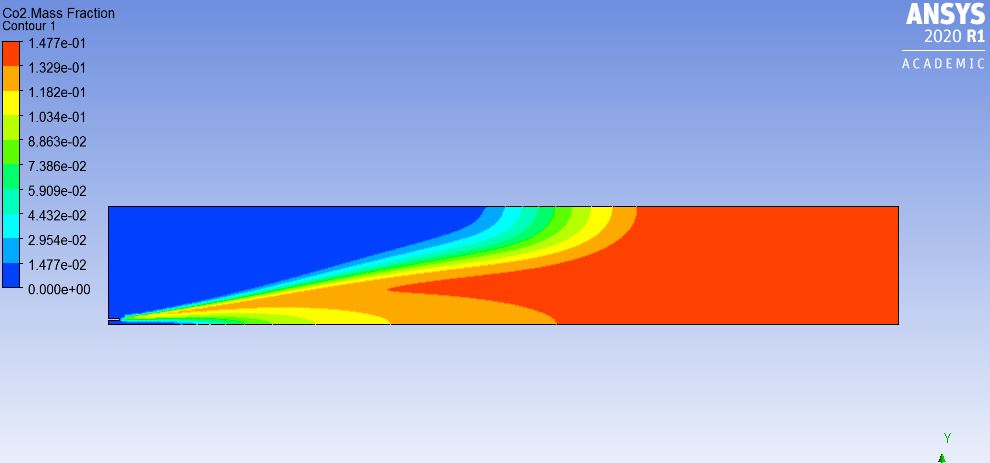
CO2 Mass Fraction

H2O Mass Fraction

N2 Mass Fraction

O2 Mass Fraction

Pollutant No Mass Fraction

Soot Contour Mass Fraction

Temperature Volume Rendering

Line Plot of Pollutant Mass Fraction

Line Plot of Soot Mass Fraction
c) 30 % H2O mixed with Inlet Fuel
Ch4-0.70
H2O-0.30
Contours:

Ch4 Mass Fraction

CO2 Mass Fraction

H2O Mass Fraction

N2 Mass Fraction

O2 Mass Fraction

Pollutant No Mass Fraction

Soot Contour Mass Fraction

Temperature Volume Rendering

Line Plot of Pollutant Mass Fraction

Line Plot of Soot Mass Fraction
| S. N. | Mole Fraction of H2O in fuel at Inlet (%) | Ch4 emissions | CO2 emissions | H2O emissions | N2 emissions | O2 emissions | Pollutant emissions | soot emissions | Temperature at Outlet (K) | Max Temperature (K) |
| 1 | 0 |
0.0363777 |
0.144102 |
0.117976 |
0.701536 |
8.5037e-06 |
0.000204321 |
0.0860365 |
2103.89 |
2272.72 |
| 2 | 5 |
0.0325334 |
0.144008 |
0.122374 |
0.701078 |
7.49728e-06 |
0.000197676 |
0.0790256 |
2111.05 |
2267.88 |
| 3 | 15 |
0.0244131 |
0.143862 |
0.131344 |
0.70037 |
1.12726e-05 |
0.000192044 |
0.0722096 |
2127.81 |
2251.97 |
| 4 | 30 |
0.0119365 |
0.143617 |
0.145134 |
0.699276 |
3.69293e-05 |
0.000190487 |
0.0601092 |
2153.89 |
2218.69 |
Conclusions:
1. Combustion occurs due to the turbulent mixing of Ch4 and air at the inlet and produces pollutants and soot at the outlet.
2. As we add H2O with the inlet fuel, it will delay ignition and because of this, two fuels get more time for mixing.
3. Mass fraction of Pollutant No (NOx) decreases with an increase in addition to H20 at the fuel inlet that is good as per government norms.
4. Mass fraction of soot increases with an increase in addition to H20 at the fuel inlet.
5. Temperature also reduces with an increase in addition to H20.
Leave a comment
Thanks for choosing to leave a comment. Please keep in mind that all the comments are moderated as per our comment policy, and your email will not be published for privacy reasons. Please leave a personal & meaningful conversation.
Other comments...
Be the first to add a comment
Read more Projects by Vishavjeet Singh Yadav (20)
Week 5.2 - Literature review: ODE Stability
AIM: To understand the stability of an ODE and its effect on engineering simulation. Ordinary Differential Equation: It contains derivatives of one or more functions of an Independent variable. We need to determine the function or set of functions that satisfy the equation to solve an ODE. When does a ODE become…
29 Jan 2022 12:30 PM IST
Week 5.1 - Compact Notation Derivation for a simple Mechanism
AIM: Derive the compact Notation of simple Mechanism. Reaction Mechanism: In chemical kinetics, we use measurement of the macroscopic properties like,rate of change in the concentration of reactants or products with time, to discover the sequence of events that occur at the molecular level during a reaction. This…
21 Jan 2022 11:06 AM IST
Week 4.2 - Combustion Efficiency Calculation after Preheating
AIM To calculate the combustion efficiency after Preheating. OBJECTIVES Find the effect of the range of inlet air preheating from 298k to 600k on the adiabatic flame temperature. Find the effect of pre-heating temperature on combustion efficiency. Theory A Recuperator is often used in power engineering…
17 Jan 2022 11:14 AM IST
Week 4.1- Handling Mixtures with Cantera
AIM To work on the quantity class of the Cantera to create various mixtures. Objective Perform calculation of the adiabatic flame temperature of a gas mixture using quantity class. 1) Use the "moles" method/function of the A object(air) and explain how it was calculated. Now consider any hydrocarbon…
20 Apr 2021 07:08 PM IST
Related Courses
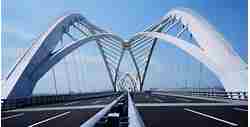
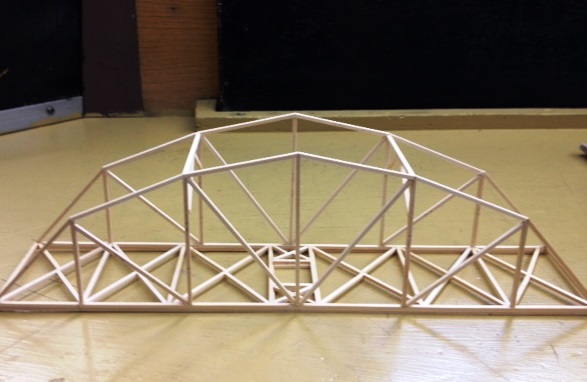
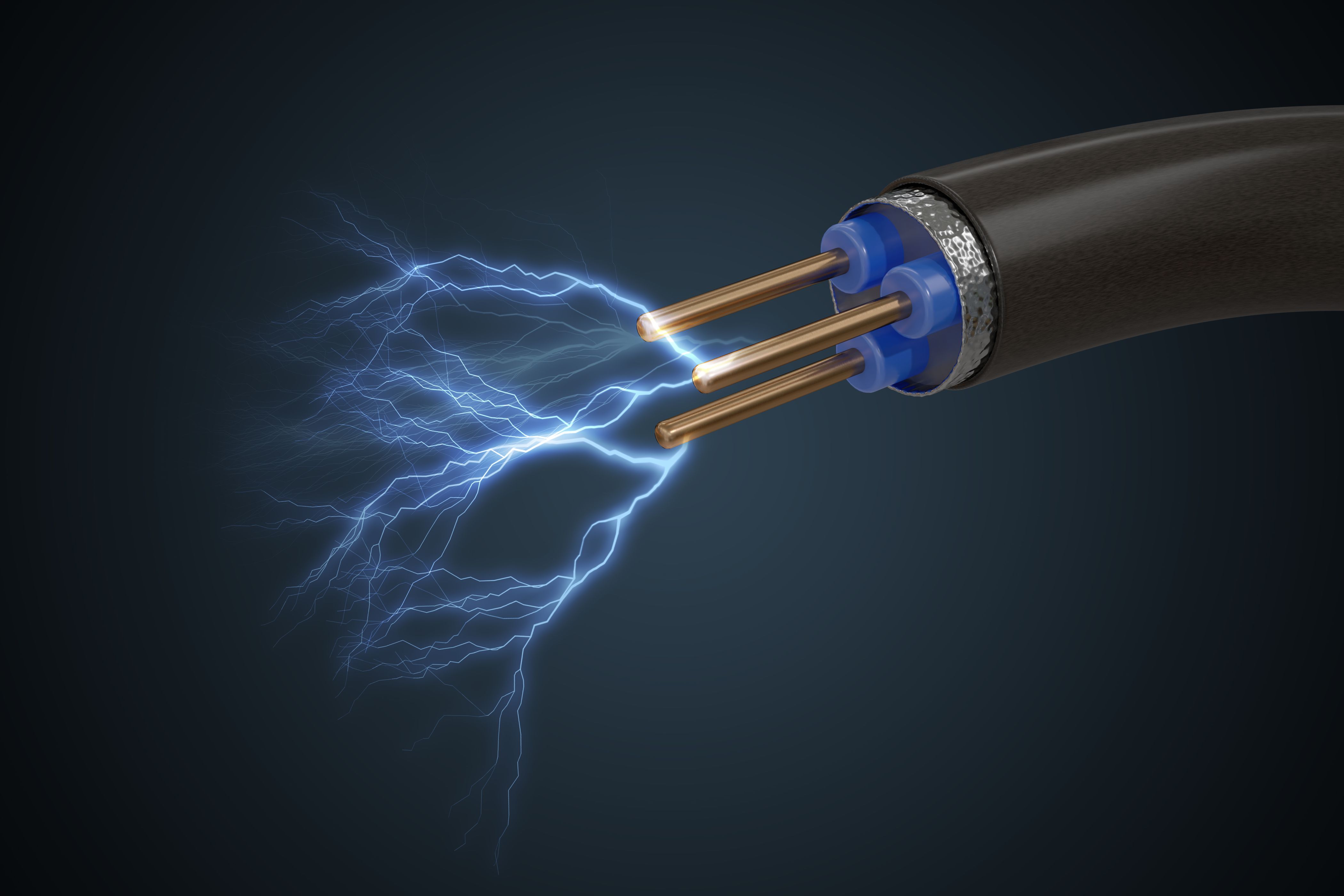
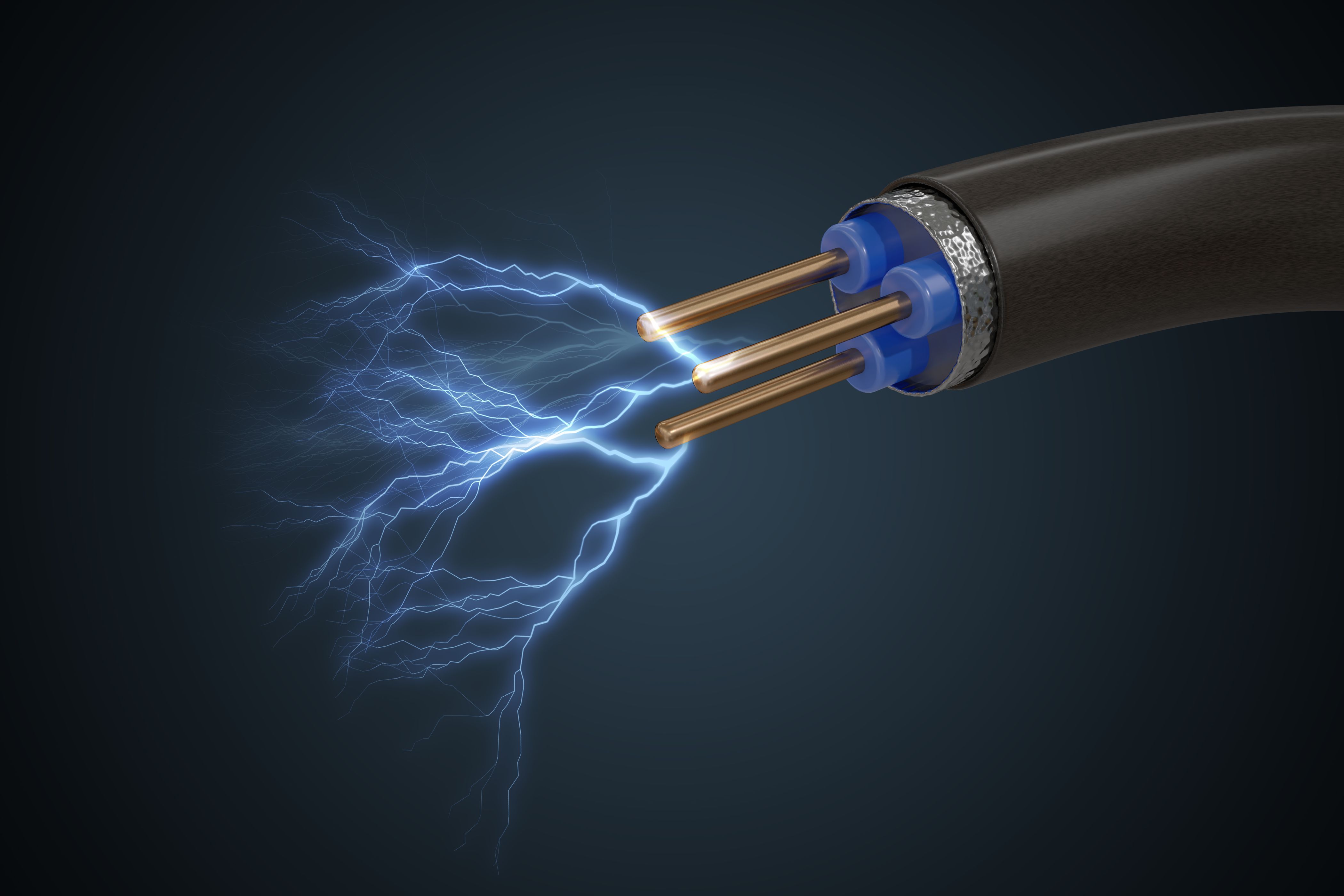


0 Hours of Content

Skill-Lync offers industry relevant advanced engineering courses for engineering students by partnering with industry experts.
Our Company
4th Floor, BLOCK-B, Velachery - Tambaram Main Rd, Ram Nagar South, Madipakkam, Chennai, Tamil Nadu 600042.
Top Individual Courses
Top PG Programs
Skill-Lync Plus
Trending Blogs
© 2025 Skill-Lync Inc. All Rights Reserved.








